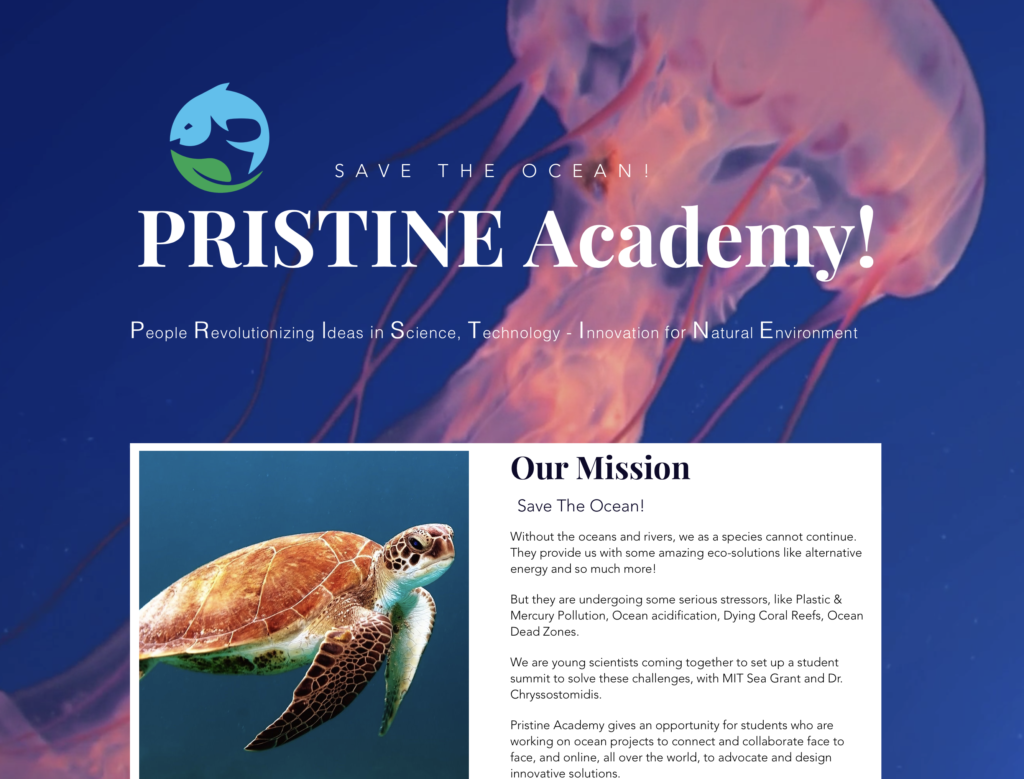Abstract:
Ocean Plastic has reached a catastrophic level; there are 5.25 trillion pieces of plastic in the ocean; that’s almost a thousand pieces for every person alive. And yet we have not implemented a system effective enough to stop the continuous increase of ocean plastic, resulting in its breakdown to microplastics disastrous to marine life. Although current solutions aim to target large plastic patches asea, the vast majority of plastic lies at the source of the problem – the near shore.
To solve this issue, the Guardians of the Coast, a pair of photovoltaic powered Autonomous Underwater Robots (AUR), will implement infrared sensor mapping technology to locate, target and remove plastic pollution along the near shore. The Guardians of the Coast’s collection mechanism uses a ‘skirt’ interwoven with two layers of Nitinol, a shape memory alloy, to gather and transport the plastic to shoreline designated areas for collection and recycling, using a brushless electric motor to actuate a propeller for propulsion.
A positively buoyant flexible pipe connects the two AURs, forming a U shape. With the skirt extending from the pipe, perpendicular to the surface of the water, covering several meters in depth, it acts as a barrier to collect plastic from the ocean. Due to the downward flow caused by the skirt, marine life will pass underneath unharmed.
Guardians of the Coast utilizes photovoltaic energy to power the lithium batteries in the AURs as the primary source of energy. The implementation of a streamlined design makes it as efficient as possible. Thus requiring minimal power which is essential to improve the efficiency of the overall system. To reduce the drag coefficient of the system, the nitinol in the skirt, when heated, enters the austenite phase, changing its crystal structure to that of a set shape. When cooled, nitinol enters the martensite phase. According to NASA researchers, in this phase nitinol can “undergo significant reversible strain” (up to 10%). The two nitinol layers, that when heated through the use of electricity, will reorient the skirt into it’s extended configuration when collecting and transporting plastic, and a rolled-up configuration prior to the detection of plastic.
AUR’s omnidirectional IR sensing is used for the construction of a real-time mapping system for the plastic in the nearby vicinity. This triggers the deployment of the nitinol weaved skirt followed by an ensnaring method that the AURs use to corral and transport the plastic to the shore. Communication between the AURs implements a leader and follower behavior through wireless communication for the collection and transportation of plastic. The data collected by the AUR will be made available to researchers. The design will be optimized to increase the ratio of grams of plastic cleaned to kilowatts used by the Guardians of the Coast.
This implementation will help save marine life and ocean ecosystems by reducing ocean plastics at the coast and preventing its breakdown into microplastics. This will also begin to address the threat of bacteria that utilizes plastic as a medium for transportation, helping create a greener world.




Comments are closed